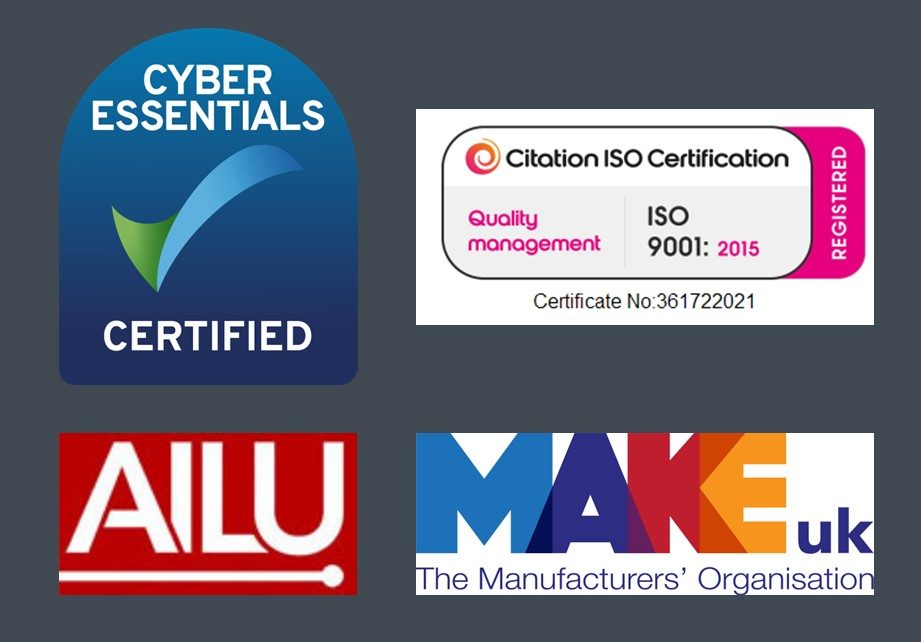10 Essential Tips for Choosing the Right MIG and TIG Welder for Your Projects
When embarking on a welding project, selecting the right equipment is crucial for achieving optimal results. Among the various welding techniques available, MIG and TIG welding are two of the most prominent methods, each offering distinct advantages. According to the American Welding Society, the demand for skilled welders and high-quality welding equipment has been on the rise, with MIG welding accounting for approximately 60% of the market share due to its user-friendly operation and efficiency.
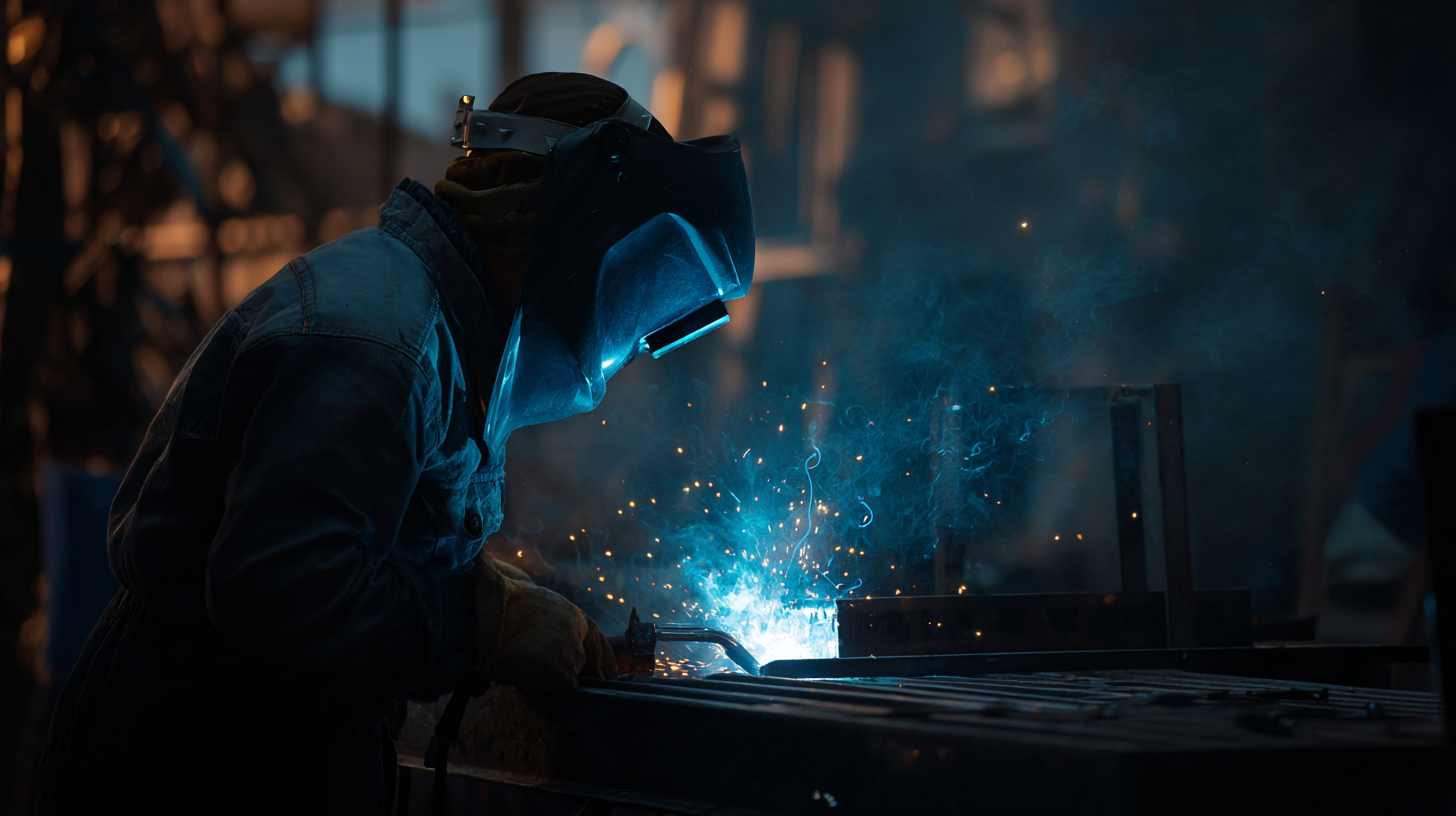 Conversely, TIG welding is favored in industries requiring precision and high-quality welds, especially in aerospace and automotive applications.
Conversely, TIG welding is favored in industries requiring precision and high-quality welds, especially in aerospace and automotive applications.
Choosing the right MIG and TIG welder can significantly influence the success of your projects, whether you are a professional or a hobbyist. Given the complexities involved, it's essential to consider factors such as material type, thickness, and project requirements. A recent market research report indicates that the global welding equipment sector is expected to grow steadily, highlighting the importance of staying informed on the latest technologies and market trends. By understanding the key features and specifications of MIG and TIG welders, you can make informed decisions that align with your needs, ensuring high-quality outputs and increased productivity in your welding endeavors.
Key Considerations When Selecting a MIG Welder for Your Needs
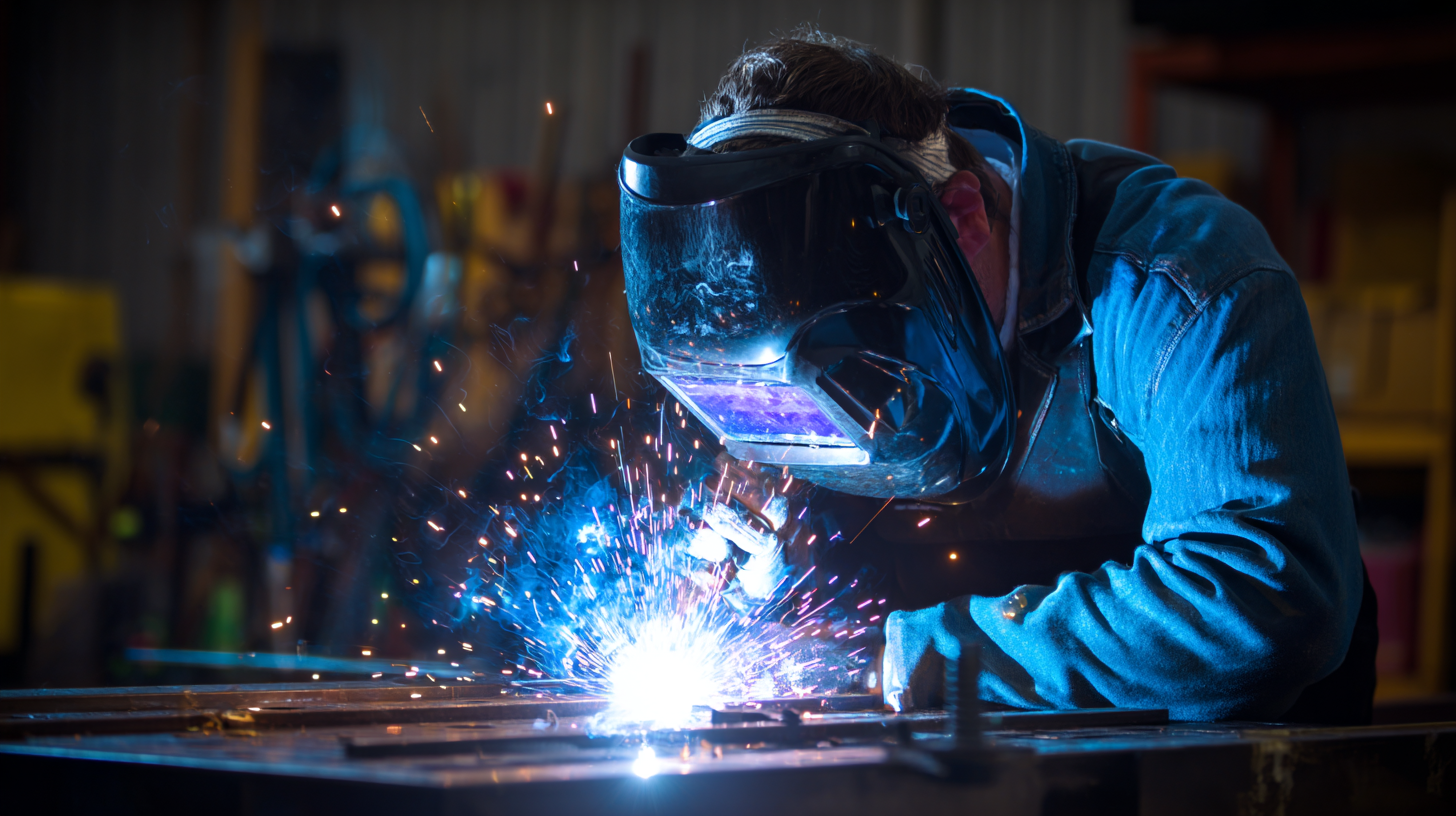 When selecting a MIG welder, it's crucial to assess the type of projects you will be undertaking. Consider the materials you'll be working with; for instance, a welder that can handle both steel and aluminum is essential if you plan to work on diverse applications. Additionally, evaluate the thickness of the materials. MIG welders with higher amperage outputs are better suited for thicker materials, while lower outputs can effectively deal with thinner components. This will ensure you have the right welding capabilities for your specific tasks.
When selecting a MIG welder, it's crucial to assess the type of projects you will be undertaking. Consider the materials you'll be working with; for instance, a welder that can handle both steel and aluminum is essential if you plan to work on diverse applications. Additionally, evaluate the thickness of the materials. MIG welders with higher amperage outputs are better suited for thicker materials, while lower outputs can effectively deal with thinner components. This will ensure you have the right welding capabilities for your specific tasks.
Another key factor to examine is the welder's duty cycle. The duty cycle indicates how long the welder can operate within a given time frame before needing to cool down. For frequent use, look for models with a higher duty cycle, which enables extended operation without interruption. Furthermore, assess features such as the machine's portability, ease of use, and the availability of replacement parts. Selecting a welder that meets both your technical needs and practical considerations will lead to better results in your welding projects.
Understanding Different Types of TIG Welders and Their Applications
When selecting a TIG welder for your projects, understanding the different types available is critical. There are primarily three categories of TIG welders: transformer-based, inverter-based, and multi-process machines. Transformer-based welders are typically heavier and more traditional, offering a stable arc and are great for industrial applications where portability is less of a concern. They excel in producing high-quality welds, particularly for thick materials, making them a trusted choice among seasoned professionals.
Inverter-based TIG welders, on the other hand, are lighter, more portable, and energy-efficient. They utilize advanced technology to deliver precise control over welding parameters, which is particularly beneficial for thin materials and intricate designs. Inverter welders often come with additional features such as digital displays and automatic settings, making them suitable for both novice and expert welders.
Lastly, multi-process welders are versatile machines that can handle MIG, TIG, and stick welding. This flexibility allows for a broad range of applications, making them ideal for those who may tackle a variety of projects or want to save space while still having multiple welding capabilities.
Each type of TIG welder serves unique needs, so understanding your specific application is essential in making the right choice.
Comparison of Features: MIG vs TIG Welders for Different Projects
When it comes to choosing between MIG and TIG welders for specific projects, understanding their unique features is crucial. MIG (Metal Inert Gas) welding is renowned for its speed and ease of use, making it an ideal choice for beginners and high-volume applications. According to the American Welding Society, over 50% of welding professionals prefer MIG for tasks requiring speed, such as automotive and general fabrication. Its ability to weld thick materials efficiently is further backed by data showing that MIG can handle materials up to 1/2 inch thick, making it a versatile option for various industrial applications.

On the other hand, TIG (Tungsten Inert Gas) welding offers greater precision and control, which is essential for projects requiring a clean and high-quality finish, such as aerospace and art welding. Data from the Welding Journal indicates that TIG welding produces less spatter and provides a stronger weld for thinner materials, particularly stainless steel and aluminum. TIG is favored for its ability to create intricate welds and is particularly effective for thicknesses ranging from 0.040 to 0.065 inches, highlighting its suitability for specialized fabrications. When selecting a welder, consider the specific demands of your project to ensure optimal results.
Budgeting for Your Welder: Cost vs. Quality Analysis
When budgeting for your welder, striking the right balance between cost and quality is crucial. While it might be tempting to opt for the cheapest option available, investing in a higher-quality welder can save you money in the long run. A reliable machine with good build quality often leads to better results and fewer repairs. Consider your potential projects and the materials you'll be working with; this will help you determine the features and specifications you need in a welder.
One essential tip when choosing between MIG and TIG welders is to evaluate your project requirements. For beginners, MIG welders often provide ease of use and versatility, making them a popular choice. They typically allow for faster welding and are suitable for a variety of materials. On the other hand, if precision and control are paramount for your projects, a TIG welder may be the better option, despite its steeper learning curve.
Additionally, don’t overlook the long-term costs associated with your welder. With models that might be cheaper upfront, consider the price of consumables and maintenance over time. Selecting a machine that offers a good warranty can also provide peace of mind and ensure that you are not compromising on quality for a lower initial cost.
Future-Proofing Your Purchase: Trends in Welding Technology for 2025
As welding technology advances towards 2025, it is crucial for both professionals and hobbyists to stay informed about the latest trends and innovations that may influence their choices in MIG and TIG welders. The market for welding consumables is anticipated to witness notable growth, with significant contributions from various welding methods like arc welding, resistance welding, and oxy-fuel welding. By understanding these developments, buyers can future-proof their investments and select equipment that integrates the latest advancements in efficiency and versatility.
The welding materials market, projected to reach considerable heights in the coming years, emphasizes the importance of selecting the right type for specific applications. For instance, solid wires, flux-cored wires, and electrodes will play pivotal roles in determining project outcomes. As the welding landscape evolves, professionals must pay close attention to emerging technologies, ensuring their machinery and consumables align with industry demands. This foresight not only enhances operational capabilities but also optimizes productivity, setting the stage for successful and sustainable welding practices in the future.
10 Essential Tips for Choosing the Right MIG and TIG Welder for Your Projects
| Feature | MIG Welder | TIG Welder |
|---|---|---|
| Ease of Use | User-friendly for beginners | Requires more skill and experience |
| Material Compatibility | Steel, Aluminum, Stainless Steel | Steel, Aluminum, Copper |
| Welding Thickness | Heavy materials | Thin to medium materials |
| Portability | Often lighter and more portable | Can be heavier due to components |
| Cost | Generally less expensive | Typically more expensive |
| Duty Cycle | Higher duty cycle | Lower duty cycle |
| Welding Speed | Faster welding speed | Slower for precision |
| Safety Features | Basic safety features | Advanced safety features |
| Current Trends | Integration with tech | Focus on clean energy |
| Maintenance | Lower maintenance requirements | May require more upkeep |
Related Posts
-

Unlocking the Future: How Micro Welders Are Revolutionizing Precision Manufacturing
-
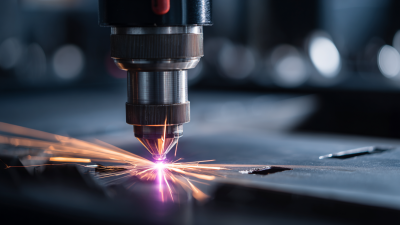
Unlocking Precision and Efficiency with Handheld Laser Welders in Modern Manufacturing
-
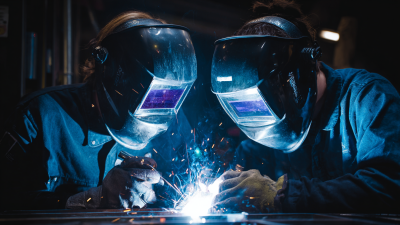
Unlocking the Secrets: MIG vs. TIG Welder - Which Welding Technique Reigns Supreme?
-
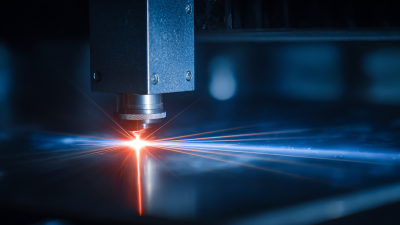
Understanding the Benefits of Laser Marking Technology in Modern Manufacturing
-
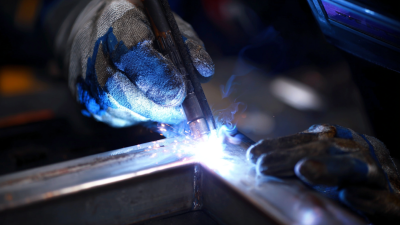
Mastering Tig Welding Aluminum Techniques for Stronger Joints and Improved Performance in Every Project
-
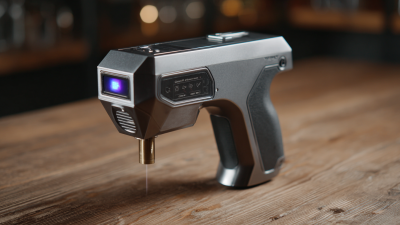
Exploring the Future: How Handheld Laser Welders Are Revolutionizing DIY Projects


